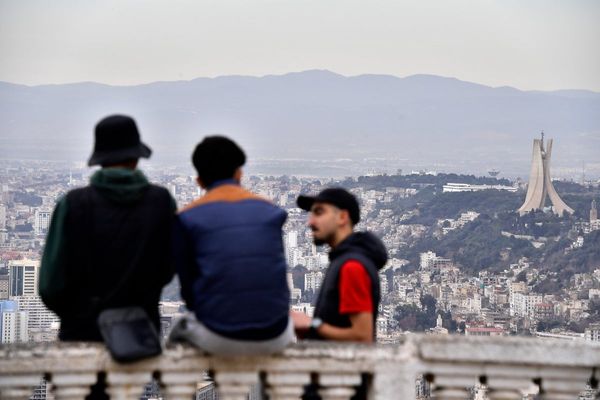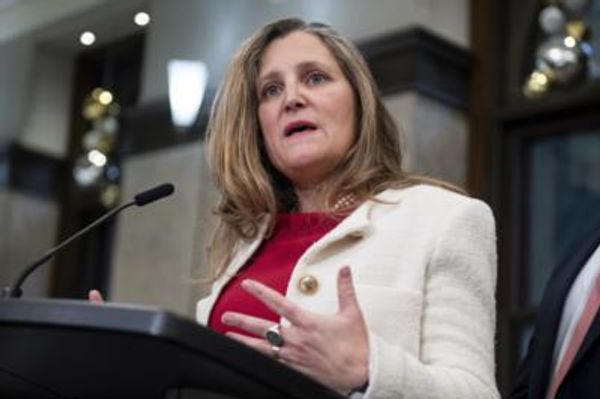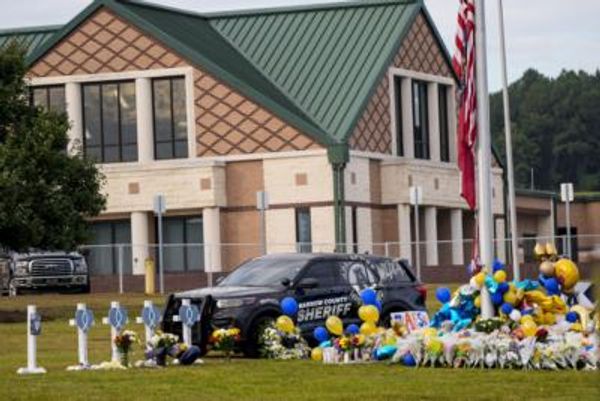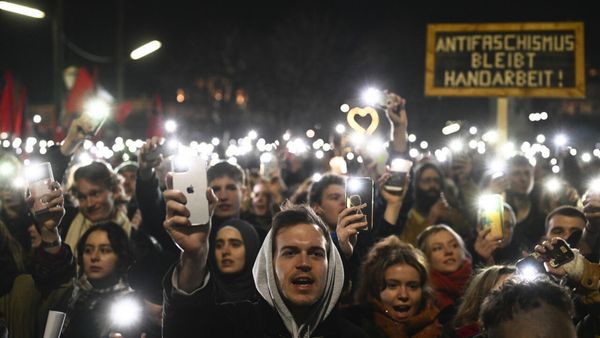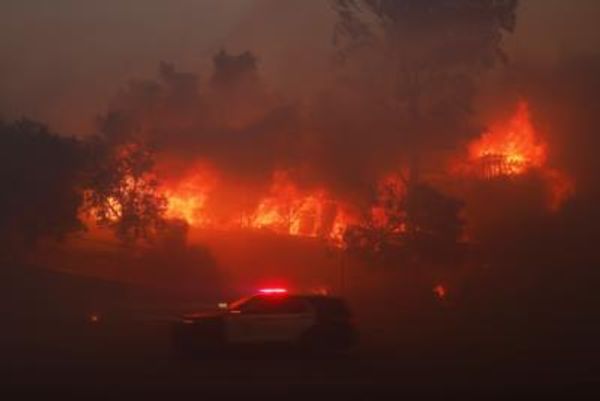For Australians with rare cancers the costs of treatment are "absolutely unsustainable," patient advocates say.
Noel Carmona was diagnosed with stage four thymic carcinoma in early 2023 and paid almost $20,000 for immunotherapy that ultimately failed.
"Can you imagine being told that you've got stage four cancer, and then on top of that you were told that you had to pay three rounds every three weeks just to live?" Mr Carmona said.
"I can't speak for everyone, but I think that it's safe to say that for most healthy, working Australians this is absolutely unsustainable, if not impossible, let alone those of us living with cancer who may not be able to work because of our diseases."
Mr Carmona was speaking at an event at parliament, where he joined others in calling on the government, healthcare, industry and the community to ensure that by 2035, more than 90 per cent of people with any cancer survive at least five years after diagnosis.
Because thymic carcinoma is considered a rare cancer, there are few reliable treatments, so immunotherapy is not covered by the Pharmaceutical Benefits Scheme.
"That is 20 grand that another patient with a different cancer would not have had to spend," Mr Carnoma said.
Others living with rare and less common cancers have paid significantly more.
Though there is a low incidence of each rare or less common cancer, the 40,000 people who receive these diagnoses each year make up one quarter of Australians with cancer.
But there is a stark difference in health outcomes, a report from Rare Cancers Australia says.
Diagnosis is more difficult than for other cancers, with multiple GP and specialist appointments for tests that are often not subsidised.
Treatments are also less accessible and specialist expertise is usually centralised, forcing people to travel further to receive care.
The average proportion of people who survive for at least five years after receiving a diagnosis is 62 per cent for rare cancers, 45 per cent for less common cancers and 77 per cent for common cancers.
People with rare or less common cancers comprise one-third of Australia's total cancer deaths, and for some diagnoses, survival rates have slowed or even declined.
According to Emily Lahey, who has lived with NUT carcinoma since 2019, bureaucratic roadblocks make it hard for rare cancer patients to access care.
Though she was recommended a targeted treatment, it was not regulated by the Therapeutic Goods Administration, and she first had to try standard options that would do little.
"Twelve months later, my condition deteriorated, and then we were able to access the targeted treatment," she said.
The Therapeutic Goods Administration also has a very high threshold for clinical trial data.
While generally a positive, this means treatments that target small patient populations may never meet the required evidence threshold.
Pharmaceutical companies may not seek a listing on the Pharmaceutical Benefits Scheme as a result, causing people with rare cancers to miss out on therapies.
For patients this means developing their own health knowledge if they want to survive, Ms Lahey said.
